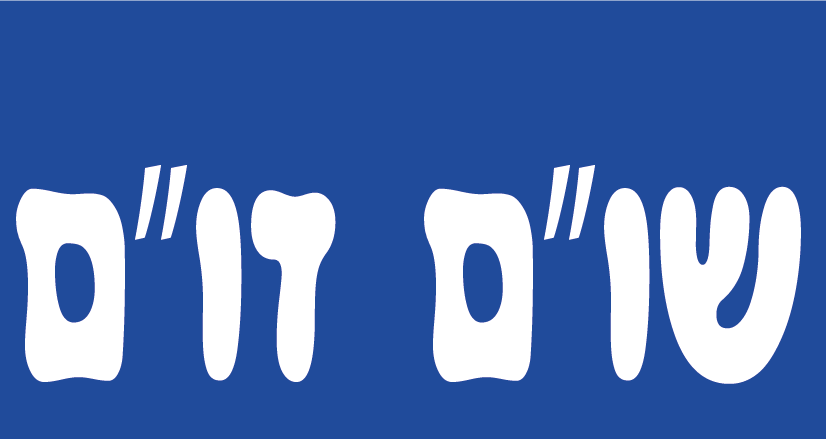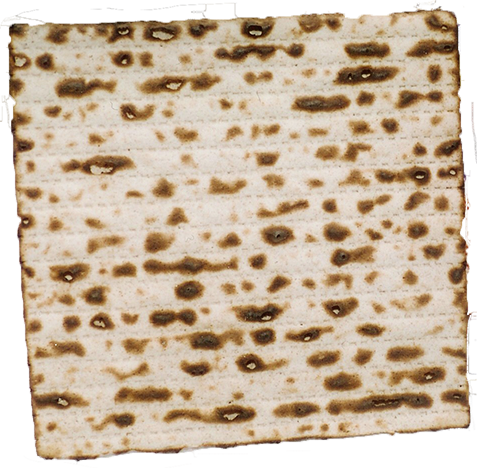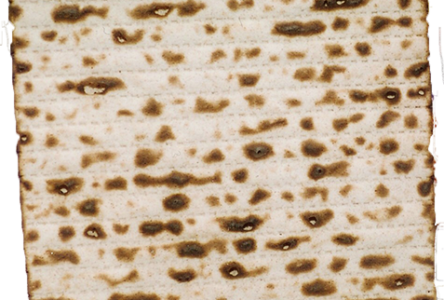Chavruta zum Thema Freiheit

Die Haggadah thematisiert an verschiedenen Stellen das Thema Freiheit. Manchmal erscheint es, als wären wir noch nicht frei, sondern hofften darauf, im nächsten Jahr den Seder in Freiheit zu feiern. Manchmal erscheint es, als wäre die Versklavung unsere Vergangenheit, aber jetzt sind wir frei. Was ist Freiheit? Und wir erleben wir sie während der COVID-19 Pandemie?
Eine Lern-Resource des internationalen Limmud Chavruta Projects
The Haggadah addresses the issue of freedom in various places. Sometimes it seems as if we are not yet free, but are hoping to celebrate the Seder in freedom next year. Sometimes it seems like slavery is our past, but now we are free. What is freedom And how do we experience them during the COVID-19 pandemic?
A Resource for Pesach by Limmud Chavruta Project
Wie funktioniert Chavruta-Lernen?
Zum Chavruta-Lernen braucht man einen Partner/eine Partnerin, anders funktioniert es nicht.
Es geht nicht darum, die zitierte Quelle historisch oder literarisch zu analysieren, sondern die Quelle soll ein Sprungbrett sein für die eigenen Gedanken und das Nachdenken über das Thema. Chavruta ist ein Erlebnis, ein Veränderungsprozess, keine Textanalyse.
- Wählt euch eine der vier Fragen der Textsammlung aus, mit der ihr anfangen wollt. Es muss nicht die erste Frage sein, man kann auch mit einer der anderen Fragen beginnen.
- Lest einen der Texte einander laut vor.
- Was meint der Text? Wie versteht ihr ihn? Erzählt einander, was ihr versteht.
- Lest den nächsten Text. Widerspricht er dem ersten? Inwiefern?
- Lest „Wichtige Aspekte zu bedenken“.
- Vor allem: lasst euch von dem Fluss euer Gespräche und Gedanken leiten. Aber bleibt dennoch in einer Beziehung mit den vor euch liegenden Texten.
- Setzt euch vorher eine Zeit, wie lange ihr miteinander studieren wollt. Zu empfehlen sind 15, 30 oder 50 Minuten. Beendet das Chavruta-Lernen nach dieser Zeit, auch wenn ihr mitten in einem Thema seid.
How does Chavruta learning work?
To learn Chavruta you need a partner, it doesn’t work without.
It is not about analyzing the cited source historically or literarily, but rather the source should be a stepping stone for one’s own thoughts and reflection on the topic. Chavruta is an experience, a process of change, not a textual analysis.
- Choose one of the four questions from the text collection with which you want to start. It doesn’t have to be the first question, you can start with one of the other questions.
- Read one of the texts aloud to each other.
- What does the text mean? How do you understand him? Tell each other what you understand.
- Read the next text. Does he contradict the first? In what way?
- Read „Important Points to Consider“.
- Above all: let the flow guide your conversations and thoughts. But still remain in a relationship with the texts before you.
- Set a time beforehand for how long you want to study together. We recommend 15, 30 or 50 minutes. Stop learning Chavruta after this time, even if you are in the middle of a topic.


